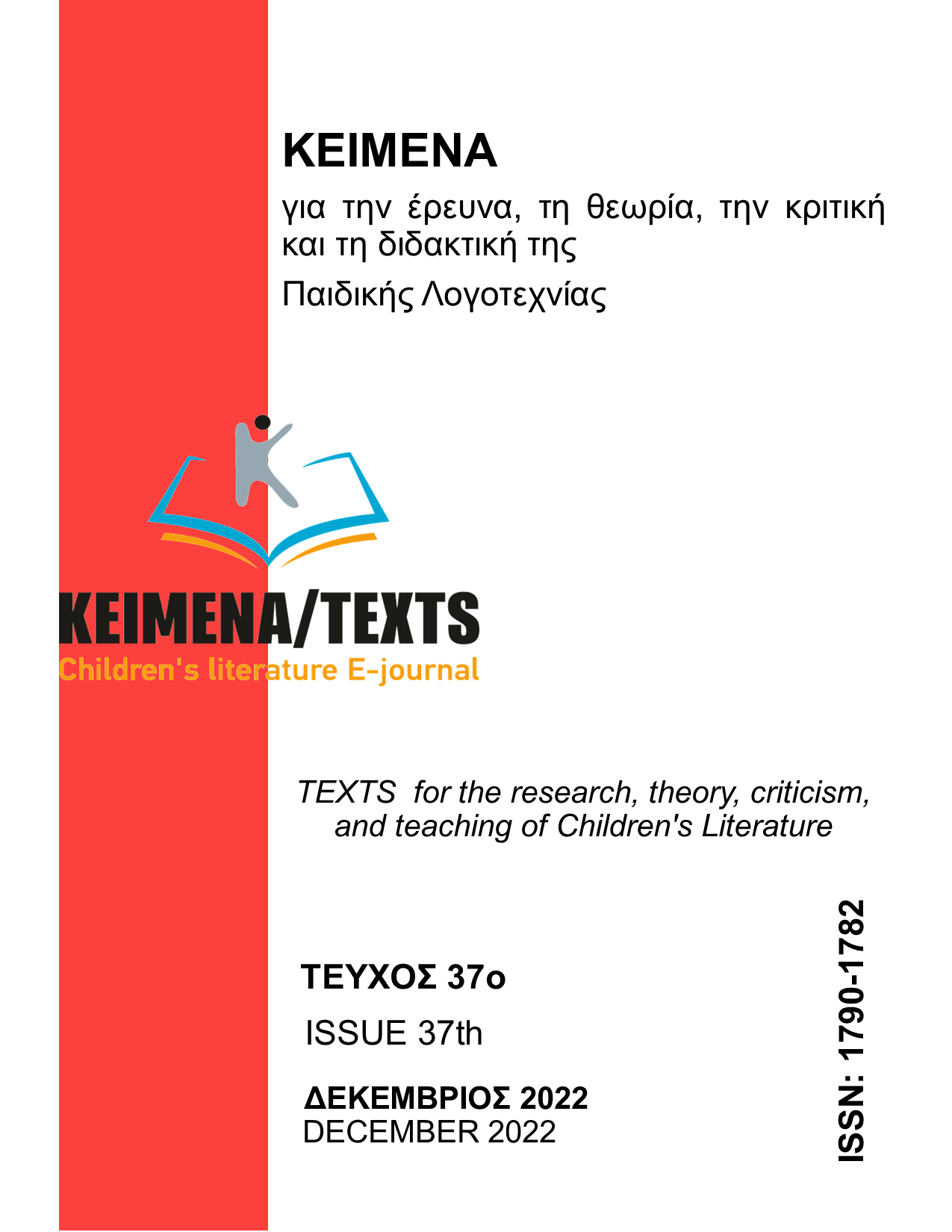Λογοτεχνικές εικόνες Μικρασιατών στην προσφυγική πεζογραφία για παιδιά και νέους. Συμβολισμοί και ανατροπές.
DOI:
https://doi.org/10.26253/heal.uth.ojs.kei.2022.1269Keywords:
Refugee literature, , 1922, , hetero-stereotype, self-imageAbstract
In Children's and Adolescent Literature images for the Self and for the Others are represented in order to help young readers not only to recognize, understand and accept the diversities, but also to shape their own individual identity. As contemporary societies are becoming more and more multicultural, economies are globalized, borders change and nations and ethnic groups dissolve, the literary depiction of the refugees is gaining more and more ground in novels for children and young adults. Those narrations offer first-hand insight into the complexity of the refugee experience. It is pointed out by several scholars that in the novels where the uprooting and displacement of the Asia Minor refugees and the racism they suffered are highlighted, the refugees are presented in a rather stereotypical way. In this article, we will try to identify the patterns and symbolisms of the prose image of the expatriates of Asia Minor in the award-winning novel by Eleni Dikaiou entitled as The little girls in the navy costumes (2002). We will examine whether in the novel, which has been constantly republished since 1990 until today, the writer overturns myths or reproduces History objectively. Additionally, we will examine whether the way she chose to depict Greeks and Turks in her book is compatible with the theory of Multicultural Children's Literature.

